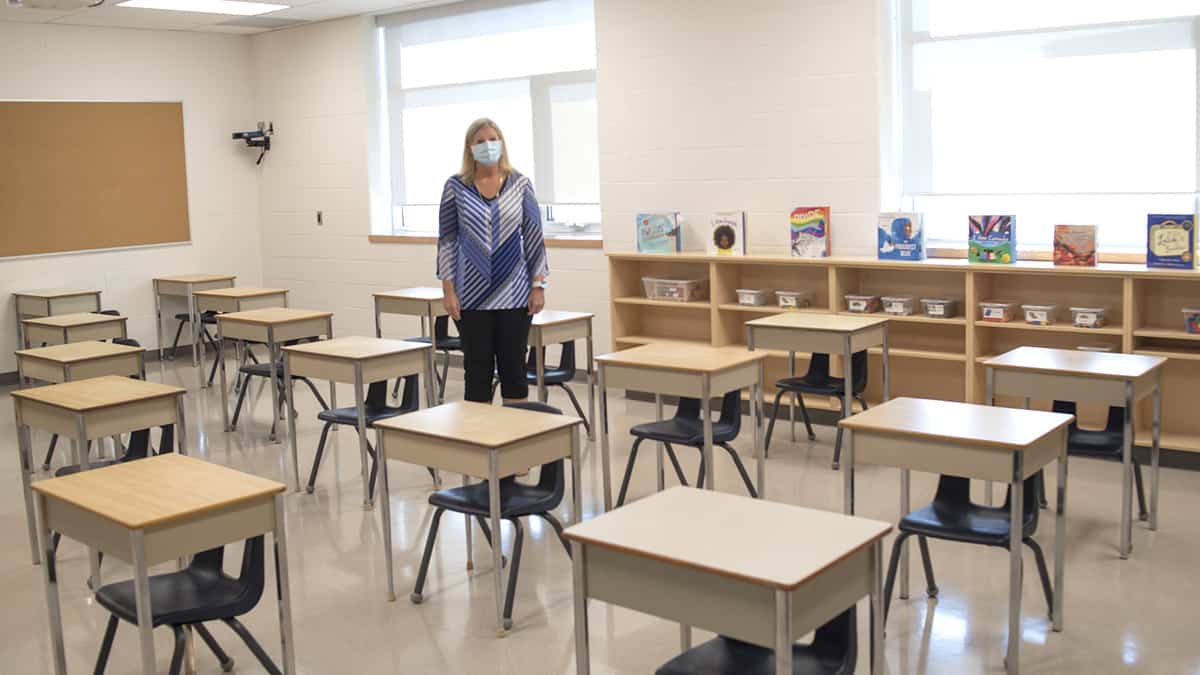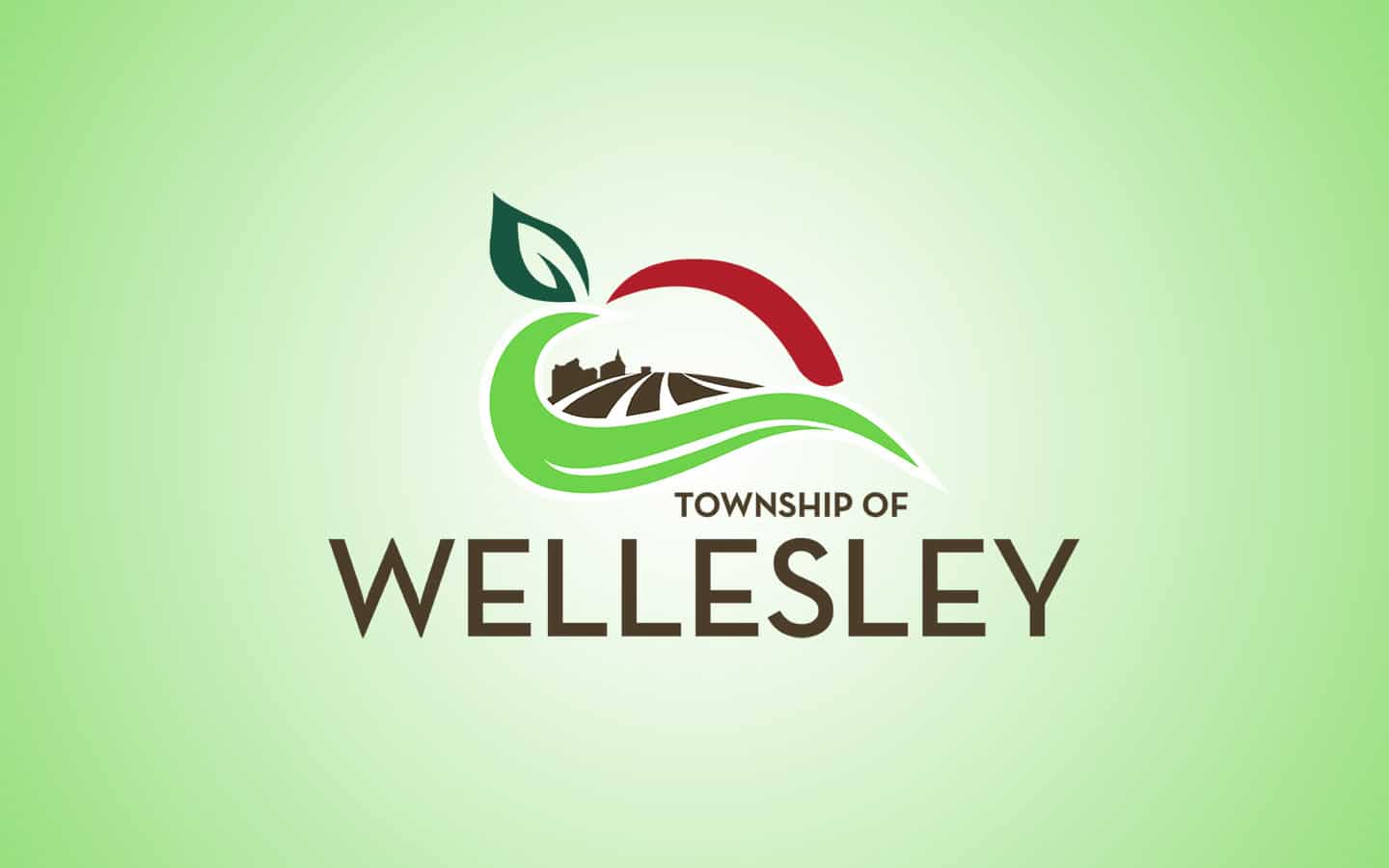Coronavirus cases continuing to spike, Waterloo Region has received federal funding to open a voluntary self-isolation site in the community.
It’s a necessary step given the progression, says Sharlene Sedgwick Walsh of the public health department.
“We have started working on an application to the Public Health Agency of Canada, that would provide funding to create a voluntary isolation site for individuals who for whatever reason are unable to isolate in their own homes,” she explained in a videoconference last month.
The proposal follows the federal pilot that was launched for the city of Toronto, with Ottawa providing $13.9 million over 12 months to establish a voluntary self-isolation center with about 140 rooms.
In Toronto, officials have seen the virus hit those with lower incomes disproportionately, an issue in Waterloo Region as well. Here, those making less than $29,000 a year account for 8.9 per cent of the population, but 26 per cent of the cases.
The region will be looking to move ahead with the next steps, said medical officer of health Dr. Hsiu-Li Wang.
“Part of the application process will be meeting with community leaders to identify a partnership that will be required in order to implement the safe voluntary isolation site program. And as well to look at other key priorities that will need to be addressed and put in place to prevent further spread of COVID-19.”
Data related to the discrepancy in numbers among minority groups and low-income families will be part of the process.
“This is a federal program that municipalities or organizations, or entities can apply to. And it’s really up to the community to determine where the site would be and what it might look like. The funding allows to costs related to lodgings, to food, to incidentals, cleaning, PPE, a variety of other items that would be required in order to support individuals who choose to voluntary isolate,” said Sedgwick Walsh.
“The idea that we’re currently exploring in terms of the application is to take a look at what’s currently in existence in our community, so looking at the model that’s been used by the shelter groups and how they’ve set up their isolation spaces and looking at how we can replicate those ideas that have been put in place.”









